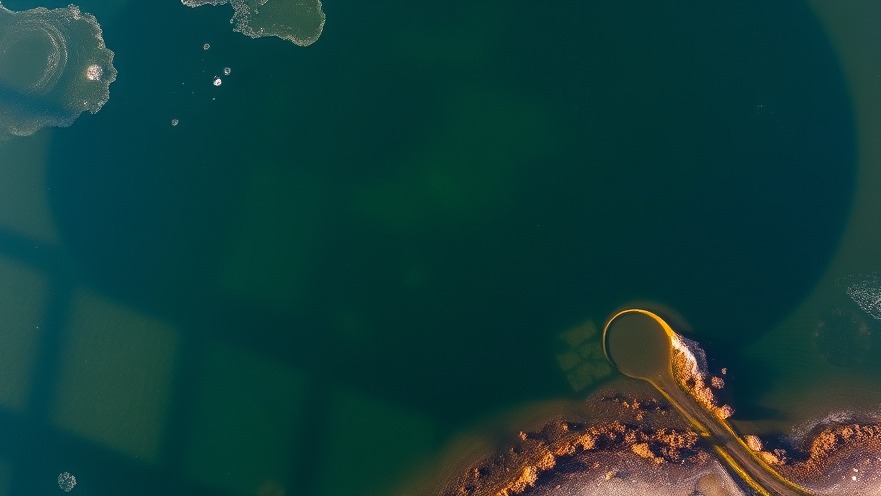
Understanding the Growth of Desalination Technologies
In an era where water scarcity is becoming increasingly prominent, the global desalination technologies market is witnessing significant growth. Valued at USD 25.68 billion in 2024, this market is projected to soar to USD 49.80 billion by 2032, marking a compound annual growth rate (CAGR) of 8.68% during the forecast period. Particularly, the Middle East and Africa dominate the scene, holding a whopping 52.95% share of the market in 2024, being heavily reliant on desalination for its water supply.
The Importance of Desalination in Water Scarcity Management
With climate change exacerbating water scarcity issues globally, especially in arid regions, the relevance of desalination technologies can't be overstated. These technologies transform saltwater into potable water, making them crucial for municipal and industrial applications. As Sanitation Managers and Water Treatment Operators know, relying solely on traditional water resources is no longer viable in many areas. Instead, they are turning to innovative industrial water treatment solutions to meet growing demands, particularly in food manufacturing plants.
Technological Developments Shaping the Industry
The key technologies driving desalination include Multi Stage Flash Distillation (MSF), Reverse Osmosis (RO), and Electrodialysis (ED). Each of these methods offers unique advantages depending on the source of water (sea, brackish, or river) and the intended end use, from municipal consumption to industrial processing. The versatility of these technologies ensures that they can be adapted to various environments and conditions, thereby expanding their application and relevance.
Future Predictions: A Bright Horizon for Desalination
Looking ahead, advancements in desalination technology are expected to enhance efficiency, reduce costs, and lower environmental impacts. As industries invest in green technologies, sustainable desalination methods are anticipated to play a vital role in global water management strategies. This is vital not only for avoiding water shortages but also for supporting agriculture, drinking water supply, and industrial processes that are fundamental to modern societies.
Actionable Insights for Professionals in the Field
For professionals such as Plant Managers and EHS Specialists, staying informed about advancements in desalination can catalyze better decision-making regarding water sourcing and treatment. Implementing these insights can also lead to compliance with regulatory standards, thereby enhancing operational efficiency and sustainability. As the market evolves, understanding these trends will be crucial in leveraging desalination technologies effectively.
In conclusion, as water scarcity looms, the desalination technologies market is poised for exponential growth. For those involved in water treatment and management, this presents a prime opportunity to explore innovative solutions that ensure a sustainable water future.
 Add Row
Add Row  Add
Add 

Write A Comment